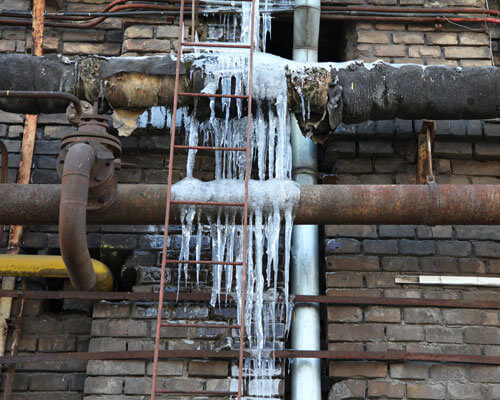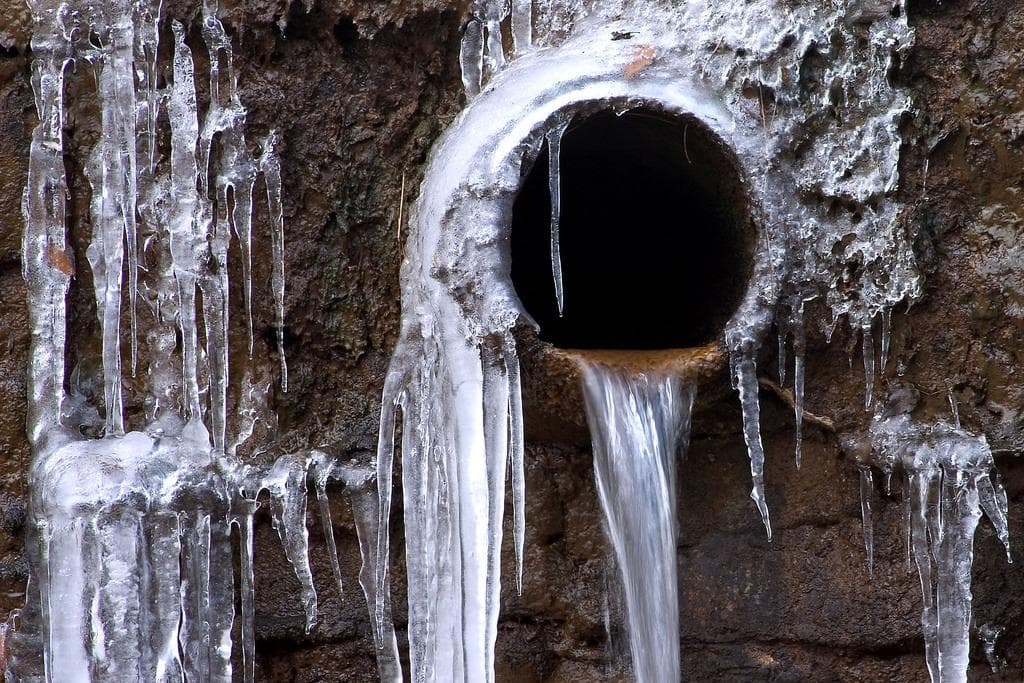Essential Advice for Avoiding Frozen Plumbing in Cold Weather Conditions
Essential Advice for Avoiding Frozen Plumbing in Cold Weather Conditions
Blog Article
Here in the next paragraphs you will find a lot of awesome resources about How to prepare your home plumbing for winter weather.

Winter can ruin your plumbing, particularly by freezing pipes. Right here's exactly how to stop it from taking place and what to do if it does.
Intro
As temperature levels decline, the threat of icy pipelines boosts, possibly causing costly repair services and water damage. Comprehending how to avoid frozen pipelines is vital for property owners in cold environments.
Comprehending Frozen Pipelines
What triggers pipelines to ice up?
Pipelines freeze when subjected to temperatures below 32 ° F (0 ° C) for extended durations. As water inside the pipes freezes, it broadens, putting pressure on the pipeline wall surfaces and possibly triggering them to burst.
Risks and problems
Icy pipes can lead to water supply disruptions, property damages, and costly repairs. Ruptured pipes can flooding homes and trigger extensive architectural damage.
Indications of Frozen Pipes
Recognizing frozen pipelines early can stop them from rupturing.
Just how to identify icy pipelines
Look for lowered water circulation from taps, uncommon odors or noises from pipes, and noticeable frost on revealed pipes.
Prevention Tips
Insulating at risk pipelines
Wrap pipes in insulation sleeves or make use of warm tape to safeguard them from freezing temperatures. Concentrate on pipes in unheated or exterior locations of the home.
Heating techniques
Maintain interior areas effectively heated, especially areas with plumbing. Open cupboard doors to enable warm air to flow around pipelines under sinks.
Safeguarding Outside Pipes
Garden hose pipes and outside taps
Disconnect and drain garden pipes prior to winter. Install frost-proof spigots or cover outside faucets with protected caps.
What to Do If Your Pipelines Freeze
Immediate activities to take
If you believe icy pipelines, maintain taps available to soothe stress as the ice thaws. Utilize a hairdryer or towels soaked in hot water to thaw pipes gradually.
Long-Term Solutions
Architectural changes
Think about rerouting pipes away from outside wall surfaces or unheated areas. Add added insulation to attics, basements, and crawl spaces.
Updating insulation
Purchase top quality insulation for pipelines, attics, and wall surfaces. Correct insulation assists preserve consistent temperatures and lowers the threat of icy pipes.
Conclusion
Protecting against icy pipes requires aggressive procedures and quick feedbacks. By comprehending the causes, indicators, and preventive measures, homeowners can shield their plumbing throughout cold weather.
5 Ways to Prevent Frozen Pipes
Drain Outdoor Faucets and Disconnect Hoses
First, close the shut-off valve that controls the flow of water in the pipe to your outdoor faucet. Then, head outside to disconnect and drain your hose and open the outdoor faucet to allow the water to completely drain out of the line. Turn off the faucet when done. Finally, head back to the shut-off valve and drain the remaining water inside the pipe into a bucket or container. Additionally, if you have a home irrigation system, you should consider hiring an expert to clear the system of water each year.
Insulate Pipes
One of the best and most cost-effective methods for preventing frozen water pipes is to wrap your pipes with insulation. This is especially important for areas in your home that aren’t exposed to heat, such as an attic. We suggest using foam sleeves, which can typically be found at your local hardware store.
Keep Heat Running at 65
Your pipes are located inside your walls, and the temperature there is much colder than the rest of the house. To prevent your pipes from freezing, The Insurance Information Institute suggests that you keep your home heated to at least 65 degrees, even when traveling. You may want to invest in smart devices that can keep an eye on the temperature in your home while you’re away.
Leave Water Dripping
Moving water — even a small trickle — can prevent ice from forming inside your pipes. When freezing temps are imminent, start a drip of water from all faucets that serve exposed pipes. Leaving a few faucets running will also help relieve pressure inside the pipes and help prevent a rupture if the water inside freezes.
Open Cupboard Doors
Warm your kitchen and bathroom pipes by opening cupboards and vanities. You should also leave your interior doors ajar to help warm air circulate evenly throughout your home.

Do you really like more info about Prevent Frozen Pipes ? Post a short review directly below. We will be pleased to listen to your reactions about this page. We hope that you visit us again in the near future. Sharing is nice. One never knows, you will be doing someone a favor. We appreciate reading our article about Winter Plumbing Precautions: Preventing Frozen Pipes.
Call Today Report this page